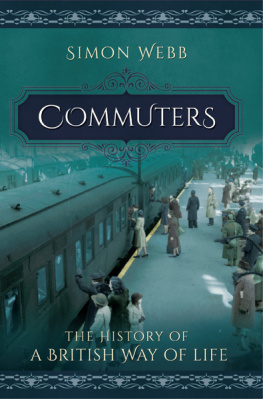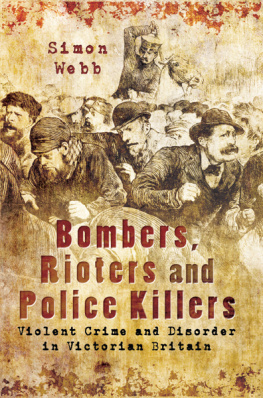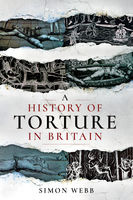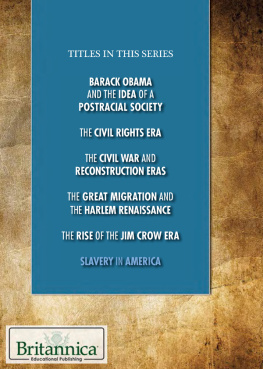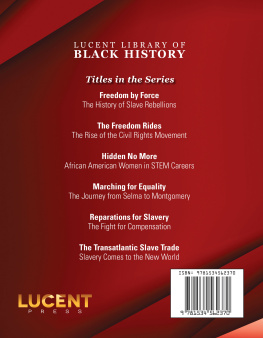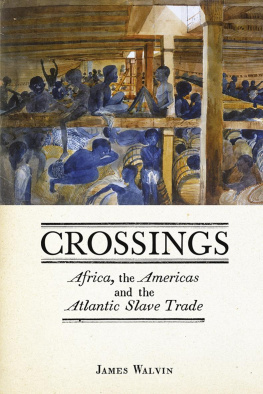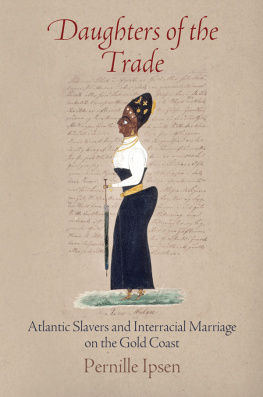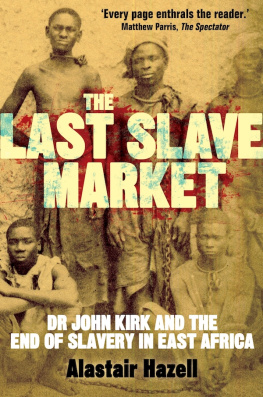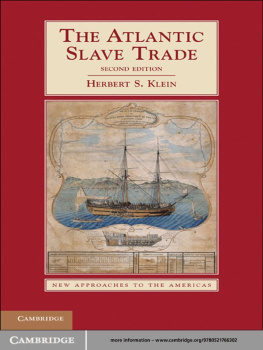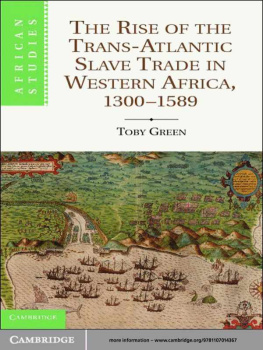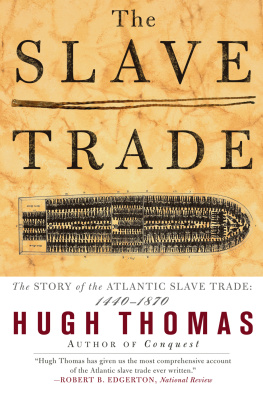The Forgotten Slave Trade
The Forgotten Slave Trade
The White European Slaves of Islam
Simon Webb
First published in Great Britain in 2020 by
Pen & Sword History
An imprint of
Pen & Sword Books Ltd
Yorkshire - Philadelphia
Copyright Simon Webb, 2020
ISBN 978 1 52676 926 8
eISBN 978 1 52676 927 5
Mobi ISBN 978 1 52676 928 2
The right of Simon Webb to be identified as the Author of this work has been asserted by him in accordance with the Copyright, Designs and Patents Act 1988.
A CIP catalogue record for this book is available from the British Library.
All rights reserved. No part of this book may be reproduced or transmitted in any form or by any means, electronic or mechanical including photocopying, recording or by any information storage and retrieval system, without permission from the Publisher in writing.
Pen & Sword Books Ltd incorporates the Imprints of Pen & Sword Archaeology, Atlas, Aviation, Battleground, Discovery, Family History, History, Maritime, Military, Naval, Politics, Railways, Select, Transport, True Crime, Fiction, Frontline Books, Leo Cooper, Praetorian Press, Seaforth Publishing, Wharncliffe and White Owl.
For a complete list of Pen & Sword titles please contact
PEN & SWORD BOOKS LIMITED
47 Church Street, Barnsley, South Yorkshire, S70 2AS, England
E-mail:
Website: www.pen-and-sword.co.uk
or
PEN AND SWORD BOOKS
1950 Lawrence Rd, Havertown, PA 19083, USA
E-mail:
Website: www.penandswordbooks.com
Contents
List of Illustrations
The slave trade as most people understand it; black Africans transported across the Atlantic Ocean.
Christian slaves from Europe, on sale in a slave market in Algiers.
European slaves in North Africa at the end of the eighteenth century.
English slaves on sale in Rome in the sixth century.
The Hebrews as slaves in Ancient Egypt.
Black Africans being sold as slaves in nineteenth-century America.
Black African slave drivers, with African slaves.
A fierce Viking warrior.
Young boys from the Balkans being taken as slaves to Turkey.
Barbary corsairs approach a ship.
Lundy, a pirate island off the coast of Devon.
Some of the tortures to which Christian slaves in North Africa were supposedly put.
Jean le Vacher about to be blown from a cannon in Algiers.
The French bombardment of Algiers in 1688.
Kara Mustafa Pasha being strangled with a silk cord.
Thomas Jefferson, the man who dealt firmly with the Barbary corsairs.
Commodore Barron of the Chesapeake surrenders to officers of the Royal Navy.
British sailors battling Barbary corsairs.
The British bombardment of Algiers in the summer of 1816.
European slaves in Algiers in 1816.
Introduction
I n recent years the subject of slavery has become quite literally a question of black and white. Upon hearing any mention of slavery, the mind of the average person in Britain or America turns unbidden, and as a matter of course, to the Atlantic slave trade, by means of which many black Africans were transported from their native continent to America and the islands of the Caribbean. For most of us, this is simply what slavery was; the historic mistreatment and exploitation of black people. It is widely accepted that anybody talking or writing about slavery must adopt this peculiar world-view and ensure that the central focus remains firmly upon black Africans. When we see a book in a library or bookshop called The Slave Trade , we have no doubt that when we open it, we shall be seeing graphic descriptions of the horrors of the so-called Middle Passage, which saw millions of men, women and children transported across the Atlantic Ocean in atrocious conditions. It is that grammatical feature, the definite article, which indicates what we are to expect. The word the gives the game away. Illustration 1 shows the horrors of the transatlantic slave trade, an image familiar to us all.
To demonstrate the truth of the above proposition, it is necessary only to look at any book which claims to be about the slave trade. The Slave Trade by Tom Monaghon, published by Evans Brother Ltd in 2002, is as good an example as any. As one would expect, looking inside reveals that just a single side of one page deals with the origins and history of slavery and that the rest of the book, with the exception of two pages at the end on modern slavery, is concerned solely with the Atlantic slave trade.
So prevalent is our horribly distorted perspective of this subject, the idea that the taking of black Africans across the Atlantic Ocean against their will was the slave trade, that the most trifling and inconsequential failure to abide by this modern convention is seen by many people as tantamount to heresy or, what is perhaps worse according to the mores of the Western World, racism. One or two specific examples should make this clearer, particularly if we examine them in depth and tease out all the implications. Doing so will serve also to introduce the main themes of this book.
Because many of those carrying out the dreadful traffic in human cargo which was the Atlantic slave trade were white, there now exists a general assumption that white people in Europe and America should have the grace to feel, at the very least, some vague sense of unease or possibly even guilt for the actions of distant ancestors who may have been connected, however tangentially, with the business. When the former Conservative minister Ann Widdecombe, in her maiden speech as a member of the European Parliament, compared the European Union to slave owners, the reaction was predictable and swift. She spoke of, oppressed people turning on their oppressors, slaves against their owners ( Daily Telegraph , 2019). It was, perhaps inevitably, taken for granted that Widdecombe had been referring to black slaves and their owners. She had said nothing of the sort of course; slaves turning against their owners might easily have been referring to the slave rebellion led by Spartacus against Rome, but the assumption was that she had victims of the transatlantic slave trade in mind. Widdecombe was at once denounced for her insensitivity, her remarks were described as disgusting, and the general feeling was that a white person was appropriating the suffering of black people to make a political point and that this was, to say the least of it, in questionable taste. One man who was thoroughly affronted was the black British MP David Lammy, who said;
It is impossible to explain how offensive and ahistorical it is for you to equate my ancestors tearing off their chains with your small-minded nationalist project. Shame on you. (BBC, 2019)
It was clear by the mention of his ancestors tearing off their chains, that David Lammy had automatically taken Widdecombes talk of slaves to be about black slavery. Because Lammys parents came from the South American country of Guyana, he clearly felt that his familys past experiences were relevant to the case, they having been slaves, in sharp contrast to the forefathers of Ann Widdecombe, who came from the west of England. Since David Lammy apparently found it impossible to explain why he regarded Ann Widdecombes talking about slavery to be so offensive, and because it is germane to the subject which we shall be exploring in this book, let us think a little about both his ancestry and that of Ann Widdecombe.
Next page


